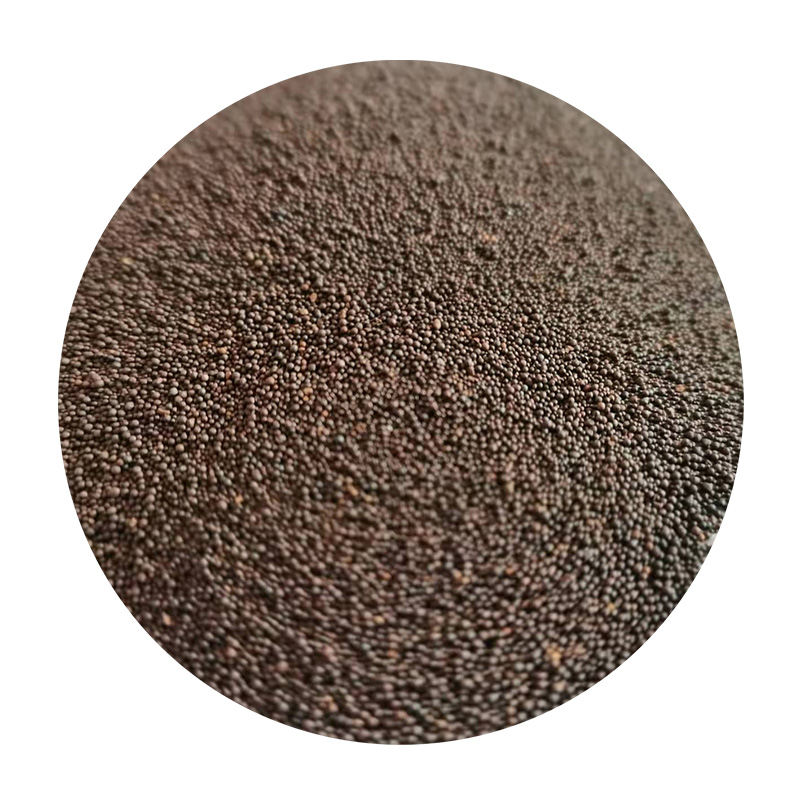When it comes to working with resin, one of the most important steps in achieving a smooth and professional finish is the sanding process. The choice of sandpaper and sanding tools can significantly affect the final outcome, and understanding what to use is key for both amateurs and experienced crafters. In this article, we will explore what to sand resin with, tips to achieve the best results, and common mistakes to avoid.
Understanding Resin
Before diving into the sanding process, it’s crucial to understand the properties of resin. Epoxy resin, for example, is a popular choice for crafting and automotive applications due to its durability and clarity. However, resin can be difficult to work with if not handled properly, especially when it comes to preparation and finishing.
Tools and Materials for Sanding Resin
1. Sandpaper Grit The grit of your sandpaper is essential. Start with a lower grit number, like 80 or 120, to remove any imperfections or bumps in the surface. This is particularly useful for the initial sanding phase. Gradually switch to finer grits, like 220, 320, and up to 600 or higher, to achieve a smooth finish.
2. Sanding Blocks Using sanding blocks can help maintain even pressure across the surface. This is especially important when working on flat surfaces. For more intricate areas, consider using flexible sanding pads or hand sanding for better control.
3. Power Sander Depending on the scale of your project, an orbital sander or a rotary tool with sanding attachments can save time during the initial sanding phase. However, caution is advised — too much pressure or speed can damage the resin surface or create uneven textures.
what to sand resin with

4. Wet Sanding This technique involves sanding with water, which can help reduce dust and prevent the sandpaper from clogging. It also helps achieve a finer finish. Start with coarser grit sandpaper and gradually move to finer grits while keeping the surface wet.
Tips for Sanding Resin
- Take Your Time Rushing through the sanding process can lead to mistakes. Be patient and work gradually through each grit level. - Keep the Surface Clean Dust and debris can create scratches on your resin surface. Frequently clean off the workpiece to ensure a smooth sanding process. - Use Proper Ventilation Sanding resin can create fine dust particles. Ensure you’re working in a well-ventilated area and consider wearing a mask for protection.
Common Mistakes to Avoid
- Skipping Grits Jumping from a low grit to a very high grit can prevent proper smoothing and lead to an uneven finish. Always progress through each grit step by step. - Over-sanding It’s possible to sand too much, especially on thinner resin layers. Be cautious and check your work regularly to avoid sanding through the material. - Neglecting Safety Gear Resin sanding can produce harmful dust. Always wear safety goggles and a mask to protect yourself from particles.
Conclusion
Sanding resin is an essential step that can greatly enhance the quality of your finished product. By selecting the right tools and materials, and following the tips outlined in this article, you can achieve a professional look that highlights the beauty of your resin project. Remember to take your time, work methodically, and prioritize safety as you navigate the sanding process. Happy crafting!
Post time:10 月 . 06, 2024 13:07
Next:sanding and painting 3d prints
